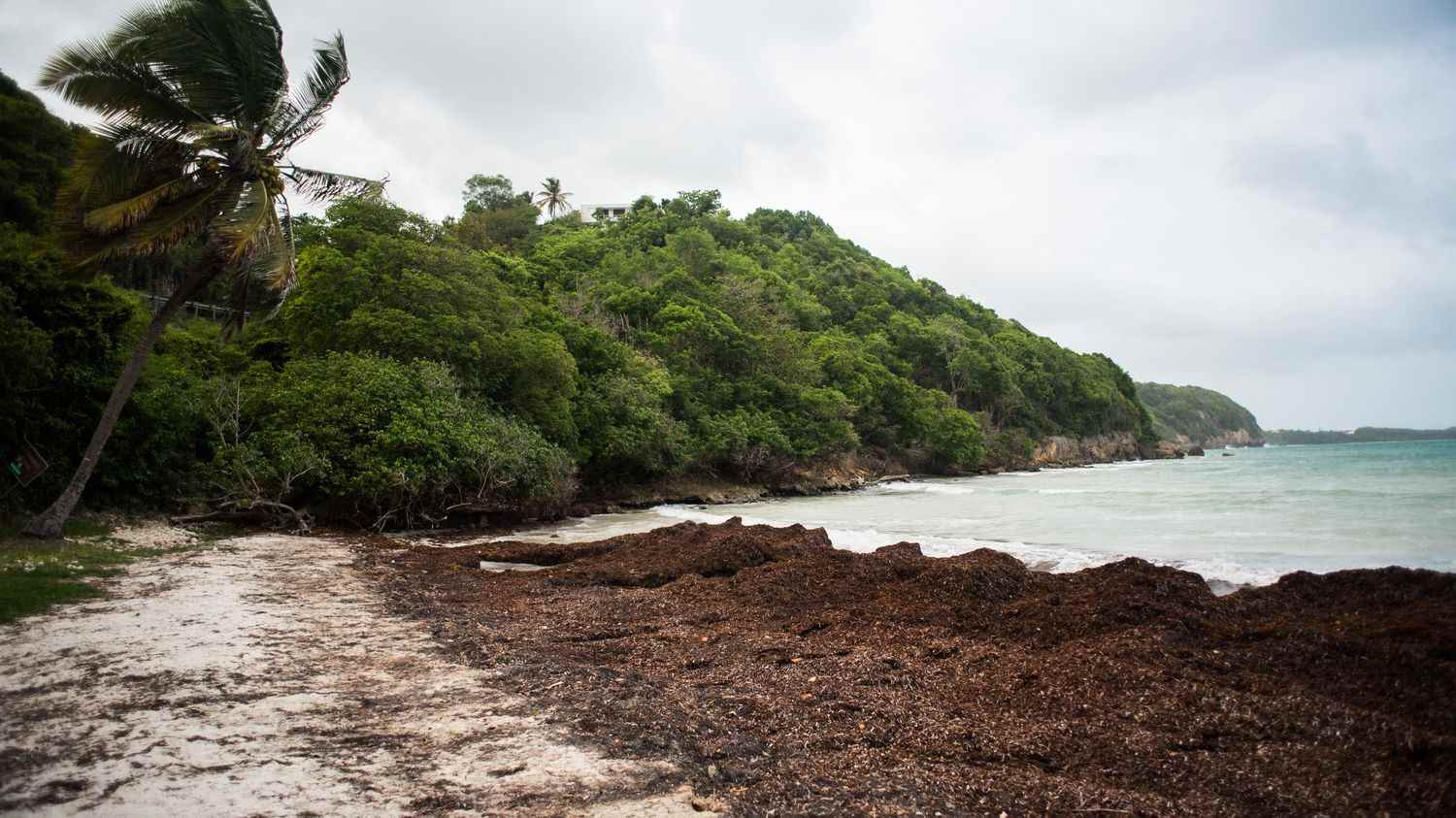They color the white sand brown and pose health problems. The government announced the creation of a “public anti-sargassum service”, Monday August 1, in order to coordinate the collection of these layers of algae which wash up on the coasts of the French West Indies. “As of October 15, 2022, there will be a single organization in each territory to manage the subject of Sargassum”announced the Minister for Overseas Territories, Jean-François Carenco, during a press briefing in Paris.
In Saint-Martin as in Saint-Barthélemy, it is already the local authorities that are responsible for the management of Sargassum, but in Guadeloupe and Martinique, it is the municipalities that take care of collection. The single operator will have to centralize “needs, means, measures and responsibilities” for “increasing efficiency and better structuring the crisis response”, the statement said. The minister says he has obtained the agreement of the presidents of the territorial and regional councils of Guadeloupe and Martinique.
>> Sargassum strongly present on several shores of Guadeloupe, Saint-Martin and Saint-Barthélemy
These structures, the nature of which remains to be determined, will make it possible to collect money from the State and will be able to more easily put together financing files with the European Union. Waiting for October 15, “an increase from 50%” to 80% of the part of the co-financing of the State will be granted” to arrange quick pick up. The rest to be borne by local authorities “will be 20% during this period”. The State may also mobilize a fund, on a case-by-case basis, so that part of the subsidy is paid in advance.
Continuous exposure to hydrogen sulfide given off by rotting sargassum seaweed may trigger earlier cases of preeclampsia in pregnant women, according to a recent study (in English) conducted by the CHU of Martinique. This pathology, which combines high blood pressure and weight gain with edema, affects about 8% of pregnancies. It would start earlier for pregnant women who live less than two kilometers from the stranding sites – around the 32nd week, against 35 weeks for those who live beyond the limit.
Sargassum invasion is considered a “major health problem” in Martinique as in Guadeloupe. The proliferation of these algae, which when they rot on the shore give off nauseous and toxic fumes, is “insupportable”, commented Jean-François Carenco, at the end of July, during his first visit as minister to Martinique. More recently, these banks of seaweed had forced the only maritime link with La Désirade to be temporarily interrupted, worsening the isolation of the Guadeloupe island.
